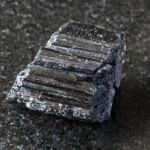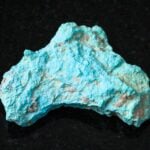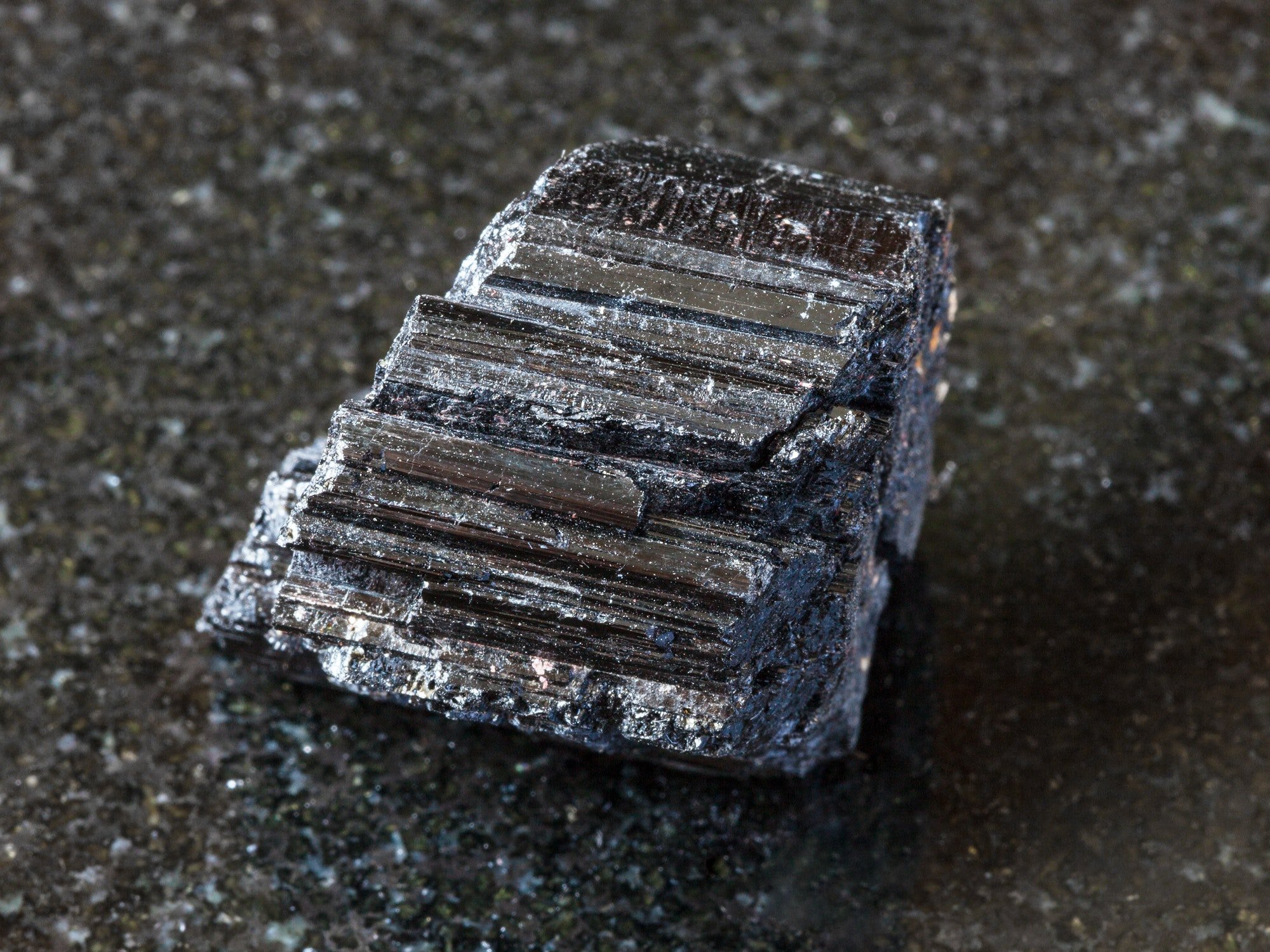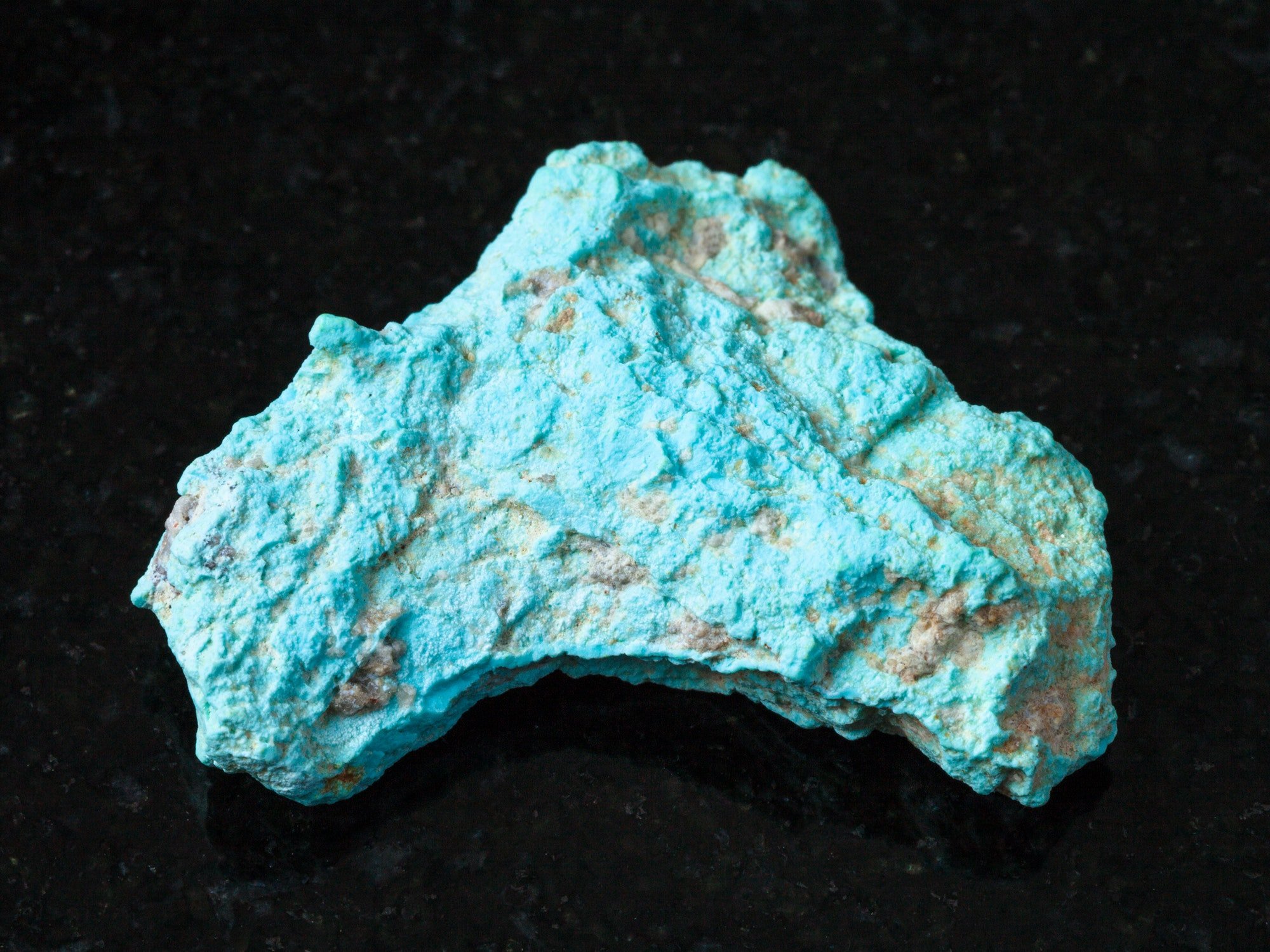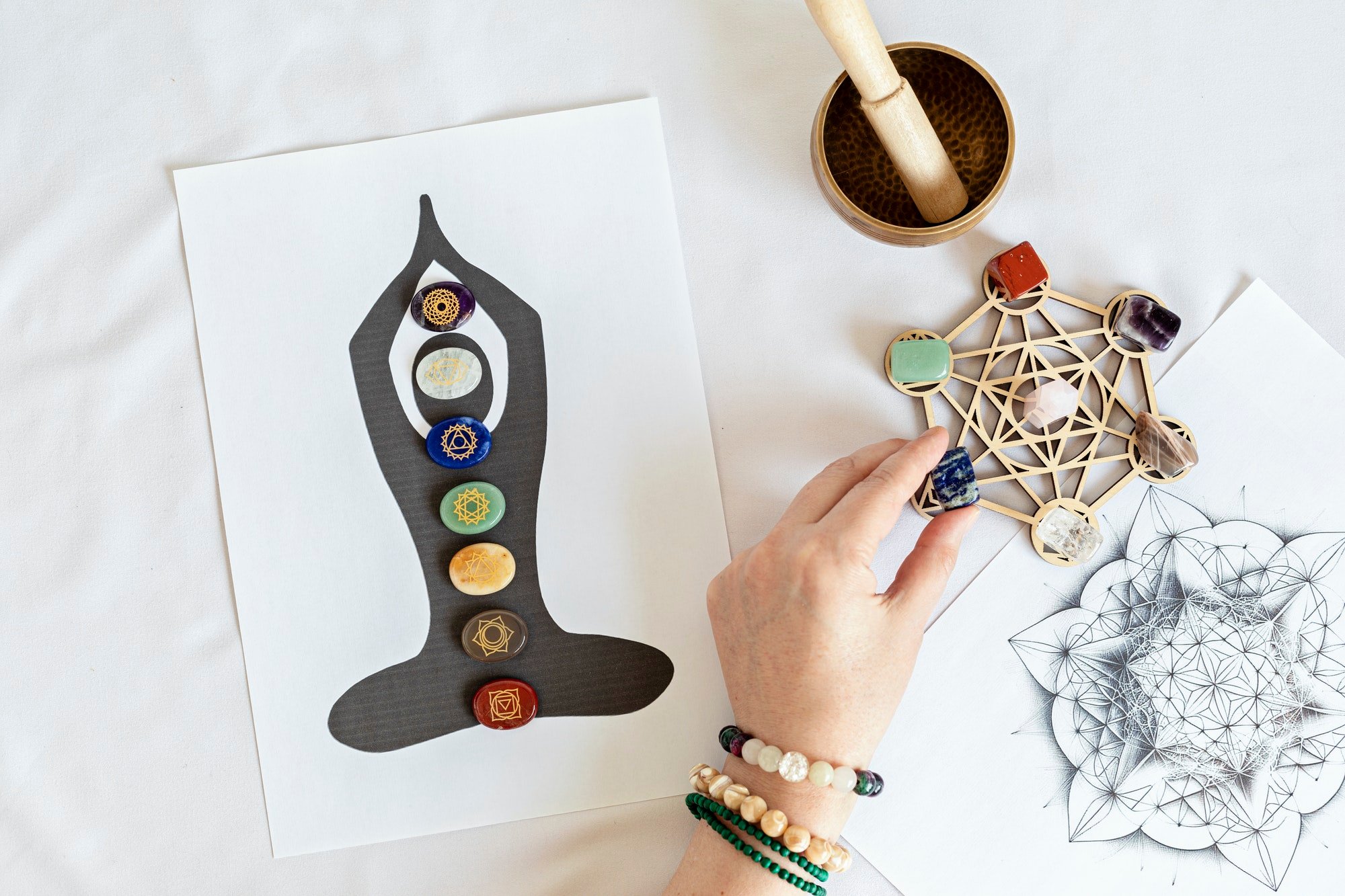What do we really know about crystals? They are mysterious and have been revered for centuries. But what does the opaque definition of crystals mean when it comes to understanding transparency and quality? Are all crystals created equal, or is there more to consider than meets the eye?
In this blog post, you’ll learn about the different types of crystals available, how to identify their quality, and understand what transparency means in relation to a crystal’s value – plus get expert advice on choosing and caring for your own collection! Join us as we explore “the opaque definition of crystals: understanding transparency and quality.”
Transparency in Crystals
Transparency in Crystals is an important factor to consider when assessing the quality of a crystal. Transparency refers to how much light passes through a crystal, and it can vary depending on the type of crystal and its physical characteristics.
Definition of Transparency
Transparency describes how well light passes through a material or object, such as a crystal. It is measured on a scale from opaque (no light passes through) to transparent (all light passes through). The degree of transparency affects the clarity and brilliance of crystals.
Size and weight have an impact as well since larger, heavier pieces tend to be less transparent due to their increased density while smaller, lighter pieces are often more transparent due to their lower mass allowing for easier passage of incoming rays into their interior structure before being reflected back out again towards our eyesight creating that brilliant sparkle we all love so much.
Finally, chemical composition plays a part since different elements interact with each other differently when exposed to various wavelengths thus affecting overall transmission rates accordingly resulting in varying degrees between one another within this regard as well.
Benefits of Transparent Crystals
Transparent crystals offer many benefits such as enhanced clarity, allowing us to see deeper into their inner structure and gain greater insight into what lies beneath their surface.
They also provide improved brightness, making them appear brighter under any lighting conditions and providing additional visual stimulation throughout our day.
Lastly, they offer superior durability, allowing them to last longer without losing their shine over time; keeping up appearances regardless of how long ago you first acquired your beloved piece and ensuring your memories remain intact forevermore just as they were meant to be from the start.
Choosing the Right Crystal for You
When it comes to choosing the right crystal for you, there are a few things to consider. First and foremost is your intention and purpose. Crystals can be used for a variety of purposes such as healing, protection, manifestation, and more.
What do you hope to achieve by having this crystal in your life? Do you want something that will bring good luck or protection? Or perhaps something that will help with healing or meditation? Knowing what outcome you’re looking for can help narrow down which type of crystal would be best suited for your needs.
It is important to take some time to reflect on what you are hoping to achieve with the crystal before making a purchase. Researching different types of crystals and their properties can help you find one that best suits your needs.
Amethyst is known for its ability to bring clarity of mind while quartz has been used in meditation practices since ancient times.
Citrine brings joy and abundance into our lives by helping us manifest our desires. Knowing which type of crystal works best for your desired outcome will help narrow down your choices when selecting one from a store or online shop.
Quartz is known as the master healer because it amplifies energy and thought, while amethyst has calming properties associated with its purple hue.
Understanding each stone’s unique characteristics can help guide your decision when selecting a crystal that resonates with you most strongly.
Finding the right balance between quality and price should also be taken into consideration when purchasing crystals.
It is important to not only look at the size but also examine factors such as color, clarity, cut, shape, and weight so that you know exactly what kind of product you are getting before making a purchase.
Quality matters since lower-grade stones may not have all the same benefits as higher-grade ones; thus do not skimp on cost if possible.
Buying directly from reputable sources such as local shops or trusted websites ensures that you get the highest quality crystals at an affordable price point without sacrificing any benefits associated with them
Choosing the right crystal for you is an important part of achieving your desired results. With proper research and consideration, you can select a crystal that will help you achieve your goals.
Caring for Your Crystal Collection
Caring for your crystal collection is essential to ensure that you get the most out of their energy and beauty. With proper care, crystals can last a lifetime and remain powerful tools in our lives.
Cleaning Your Crystals Properly
Cleaning your crystals regularly is important to maintain their power and clarity. The best way to clean them is with lukewarm water, gentle soap, and a soft cloth or brush.
Avoid using harsh chemicals as they can damage the surface of the crystal. After cleaning, it’s important to rinse off any remaining soap residue so that it doesn’t build up over time.
You may also want to use a special cleansing spray made specifically for crystals if desired.
Storing Your Crystals Safely
Storing your crystals safely will help protect them from damage caused by light exposure or moisture buildup over time.
Keep them away from direct sunlight when not in use, as this can cause fading or discoloration of some stones like amethyst or citrine over time.
It’s also important to store each type of crystal separately in its own container so that they don’t rub against each other which could lead to scratches on their surfaces. If possible, keep all containers closed tightly when not in use so dust won’t settle on top of them either.
When carrying around your crystals with you during the day, make sure they are stored securely inside a pocket or pouch where they won’t be exposed directly to physical contact such as keys jangling around inside your bag which could scratch them up easily.
Also, avoid leaving them outside overnight since extreme temperatures can affect certain types of stones like quartz negatively over time too.
Finally, try not to wear any jewelry containing these precious gems while engaging in strenuous activities such as sports because sweat combined with movement might cause deterioration eventually leading towards breakage down the line, unfortunately.
FAQs in Relation to The Opaque Definition of Crystals: Understanding Transparency and Quality
Which crystals are opaque?
Opalescent, milky quartz, moonstone, and smoky quartz are all opaque crystals. Opal is a type of silica mineraloid with an amorphous structure and can range from transparent to opaque in color.
Milky quartz has a white or grayish hue due to the presence of tiny air bubbles within its crystal structure. Moonstone is typically semi-transparent but can also be found in opaque varieties. Smoky quartz ranges from light brown to black and is usually completely opaque.
Why are some crystals opaque?
Crystals are opaque because they contain impurities or defects in their lattice structure. These imperfections scatter light, making it difficult for the eye to see through them.
The opacity of a crystal can vary depending on the size and type of impurity present. For example, some crystals may be more opaque due to larger particles or multiple layers of smaller particles that cause greater scattering of light. Additionally, some crystals have higher refractive indices which also contribute to their opacity.
What is an opaque stone?
An opaque stone is a type of mineral or rock that does not allow light to pass through it. It appears dull and non-transparent when viewed from any angle, unlike translucent or transparent stones which allow some degree of light transmission.
Opaque stones are usually denser than other types of rocks and minerals, making them useful for carving into jewelry and decorative items. They can also be used in healing practices such as crystal therapy, where their energy is believed to have beneficial effects on the body and mind.
What property of a mineral determines whether it is opaque translucent or transparent?
The property of a mineral that determines whether it is opaque, translucent, or transparent is its refractive index. This is the measure of how much light passes through the material and is affected by its chemical composition and crystal structure.
Opaque minerals have a low refractive index, meaning they do not allow any light to pass through them. Translucent minerals have a higher refractive index than opaque ones, allowing some light to pass through them but still appearing hazy or foggy.
Finally, transparent minerals have an even higher refractive index than translucent ones and allow all visible wavelengths of light to pass through with little scattering or distortion.
Conclusion
The opaque definition of crystals: understanding transparency and quality is a complex topic, but with the right knowledge and guidance, you can confidently choose the best crystal for your needs.
With this newfound insight into types of crystals, identifying quality in crystals, transparency in crystals, choosing the right crystal for you, and caring for your crystal collection – you are now equipped to make informed decisions about your own personal crystal journey.
Whether it be to bring balance to your life or add some sparkle to an outfit – these beautiful gems will surely leave their mark on anyone who chooses them!
We all know that crystals can bring us peace, clarity, and balance. But what about the quality of these crystals? How do we know if they are real or not? With so much misinformation out there it is time to take action and understand transparency when it comes to crystal purchases.
We need a better understanding of how to identify high-quality stones, evaluate their properties and learn more about their healing potential in order to get the most out of our investments. Let’s work together towards creating an accessible platform for everyone who wants knowledge on this important topic!
